Hanabi – Journal Entry #3
Hanabi is a cooperative card game in which players are Fireworks Technicians trying to create the perfect fireworks show for the Japanese people by placing the cards on the table in the right order. Are your pyrotechnic skills good enough for this task?
Designed by the creator of 7 Wonders and Takenoko, Antoine Bauza, Hanabi (the Japanese word for fireworks) was originally a part of Hanabi & Ikebana (Fireworks & Flowers in English). It earned the Spiel des Jahres award in 2013 and it’s been praised by many over the years.
But why? Why is this game so popular? Why do people love it so much?
Unlike other card games, Hanabi added a new mechanic that innovated the card games world: the players can not see their own cards.
How to play Hanabi
The game comes with 6 card sets of 10 cards each, numbered 1 to 5, unevenly split (1,1,1,2,2,3,3,4,4,5), for a total of 50 cards, and 12 cardboard tokens. The cards depict firework explosions of different colors: red, green, blue, yellow and white. They are aesthetically pleasing, but there’s nothing special to their art. It feels like they could’ve done something better than this, but they didn’t want to. You use these tokens to track clues and mistakes.
The rules for Hanabi are pretty simple: the 50 cards are shuffled and then each player is dealt 5 cards that they are not allowed to look at. They must hold the cards facing towards the other players. The goal of the game is for the players to correctly play their cards in an ascending order on their corresponding color pile.
The player with the most colorful clothing is first. On their turn they may:
- Give a clue: Players start with 8 clock tokens that track available clues. By tossing one of these back in the box, a player may give a clue to one other player about the cards in his hand. All clues must be something that can be pointed at (i. e. “These three cards are red” or “You have a 5 here and here”). You are not allowed to say things like “you do not have any blue cards” or “you should play that card because it’s a 2 that we need”. Also, when giving a clue, you must tell the player all the cards that the clue applies to. So if a player’s hand is 5-1-1-3-1 and you want to give him a clue about having a 1 in his hand, you must say something like “you have three 1s in your hand” and then point to his second, third and fifth card in hand.
- Discard a card: If a player is not sure what card to play or what clue to give, they can discard a card from hand. In return, they get one clue token back from the box and then draws a replacement card.
- Play a card: A player can choose to play a card from their hand to the table. If the card is a legal play, it will go to its corresponding pile. However, if you can not place the card on any of the available piles, you discard it and lose a fuse token. If the players make three such mistakes, they lose the game.
The game ends when the players have successfully finished all color piles or the draw pile runs out of cards. If the later happens, each player gets one more turn and then the game is over. They then sum up the highest played card in each pile and this gives their final score. The rules include a little chart that rates how well they did up to a total of 25 points.
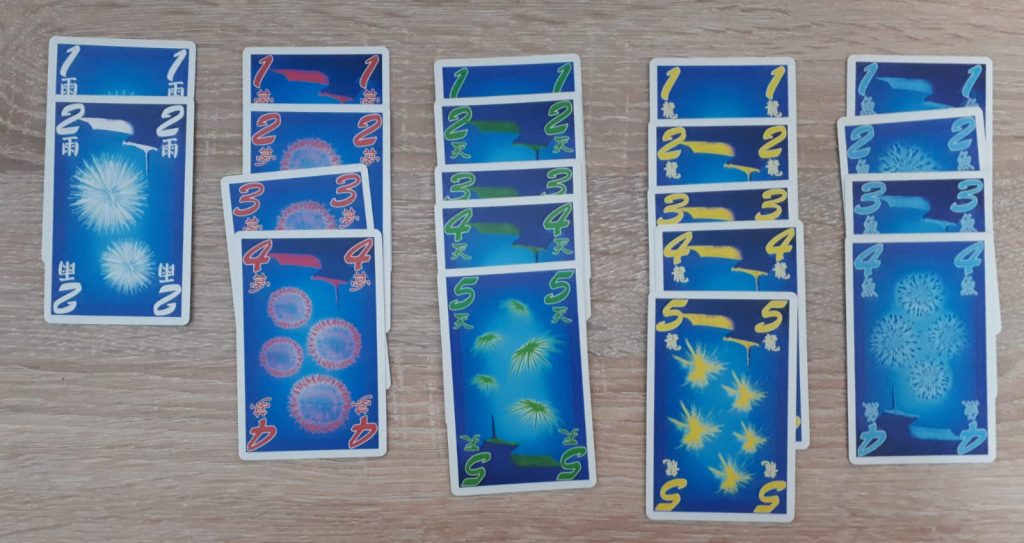
My thoughts on Hanabi
I first played this game on Board Game Arena. Although I was a total noob (didn’t even read the rules before diving into it), the people I’ve played it with managed to carry me and we reached 19 points or so. Following that, I played a couple more games with them and they taught me how to play and gave me very useful tips on how to give and take clues. I was very confident on what I learned then and we actually managed to get a perfect 25 score. “Hell yeah!”, I said to myself, thinking that I’ve mastered this game so fast. But oh boy, I couldn’t be more wrong.
Turns out, every game is different. That’s not because of the cards shuffling but because of how many ways to play it there are. You see, playing this game feels different with each group you’ll play it with. Why? Because it requires communication skills and each person has a different way to communicate something. You’ll often find yourself thinking how to express a clue so that person will understand what you want to say to him and not get it wrong. Some people will understand the clues very easy, while others will have troubles with it. In the end, you all have to work together to find a way to communicate with each other.
Although it is very easy to teach, the game requires a good amount of experience in order to master it. Actually, you will need to play a few good games in order to come up with a good way of communicating clues effectively.
After getting confident with your skills, you can try one of the variants included in the rule book. I consider them a great addition to the game. The other variants will make the game tougher for you, even if you’ve already figured out a good strategy. They are great challenges that take the game to another level.
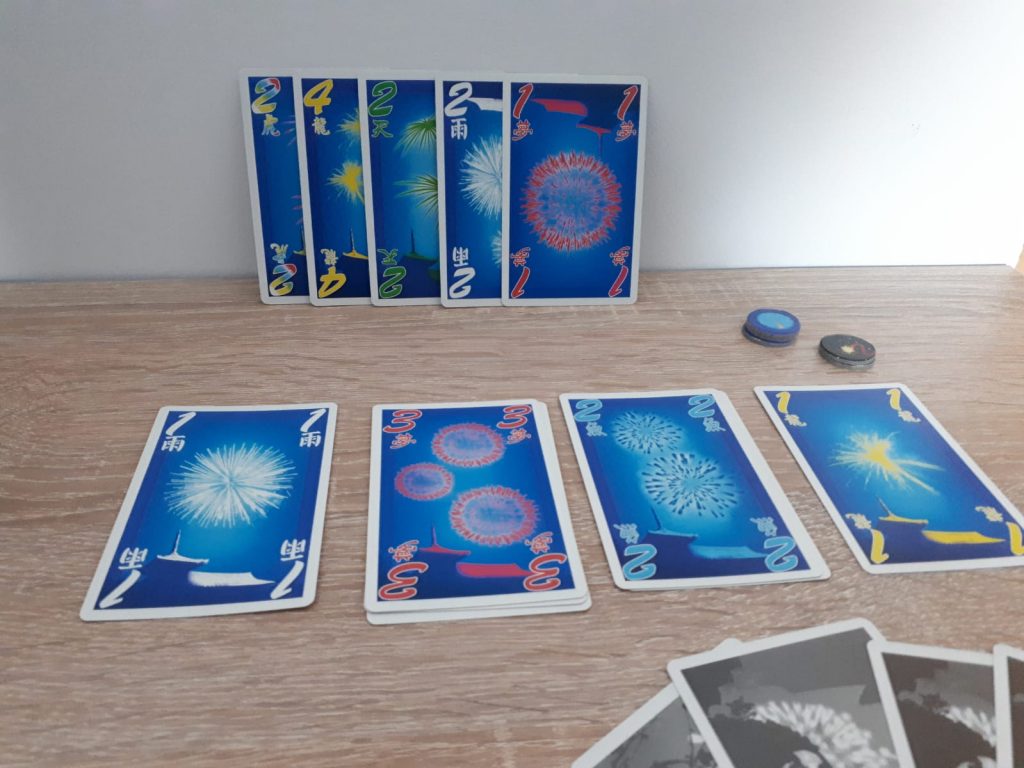
It took me and my girlfriend about 12 games to come up with a strategy that would get us the top score most of the time. It’s hard not to be biased by other’s reactions when you decide to play or discard a card. However, it’s better to go with your decision even if it would be a mistake. That’s the best way to gain experience for future games.
Here’s a tip for those of you trying to figure out a strategy: before starting a match with a new group, decide on a set of rules for the clues and playing/discarding cards that everyone should follow. Decide on which cards to discard from your hand when you’ve got no idea what else to do, or which card to play when someone gives you a clue. It will make your game much easier and although you may not get the top score from first try, you may notice an improvement in your score after playing a few matches together and exercising your skills.
There’s not much to say about Hanabi that other’s haven’t said already, so I’d better stop here. Overall, the game is a great co-op experience for those that love limited communication games and card games enthusiasts.
Useful info
Designer: Antoine Bauza
Publisher: R&R Games
Players: 2-5
Time: 25 min
Times played: 18
Did you like the review? Follow me on my Instagram page where I post daily photos of games I play and other things. You can also support me on Patreon to gain access to various special content, such as game unboxings, first impressions, polls to decide what games to cover next, and early access to reviews!
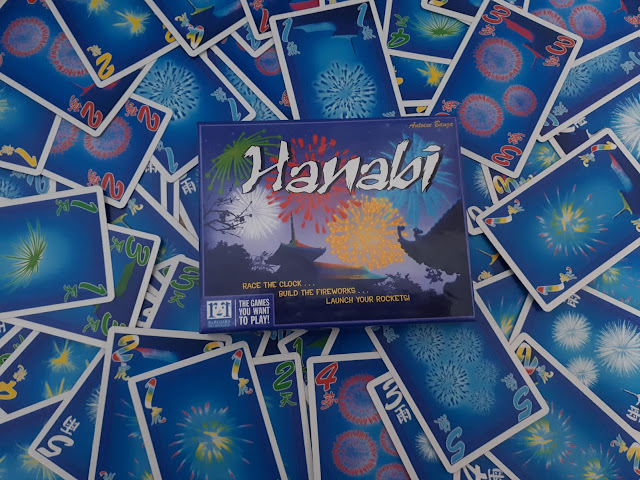
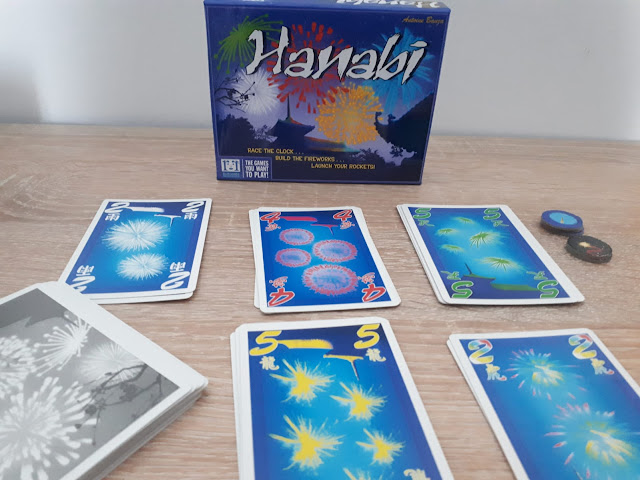
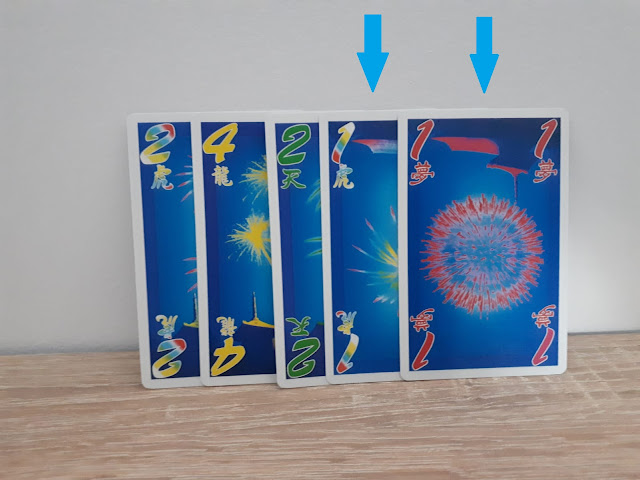

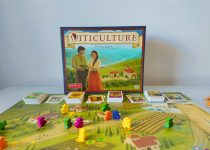
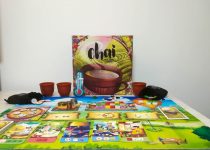
One Comment